Faux Sourdough Bread in a Bread Machine
4567 Views, 25 Favorites, 0 Comments
Faux Sourdough Bread in a Bread Machine

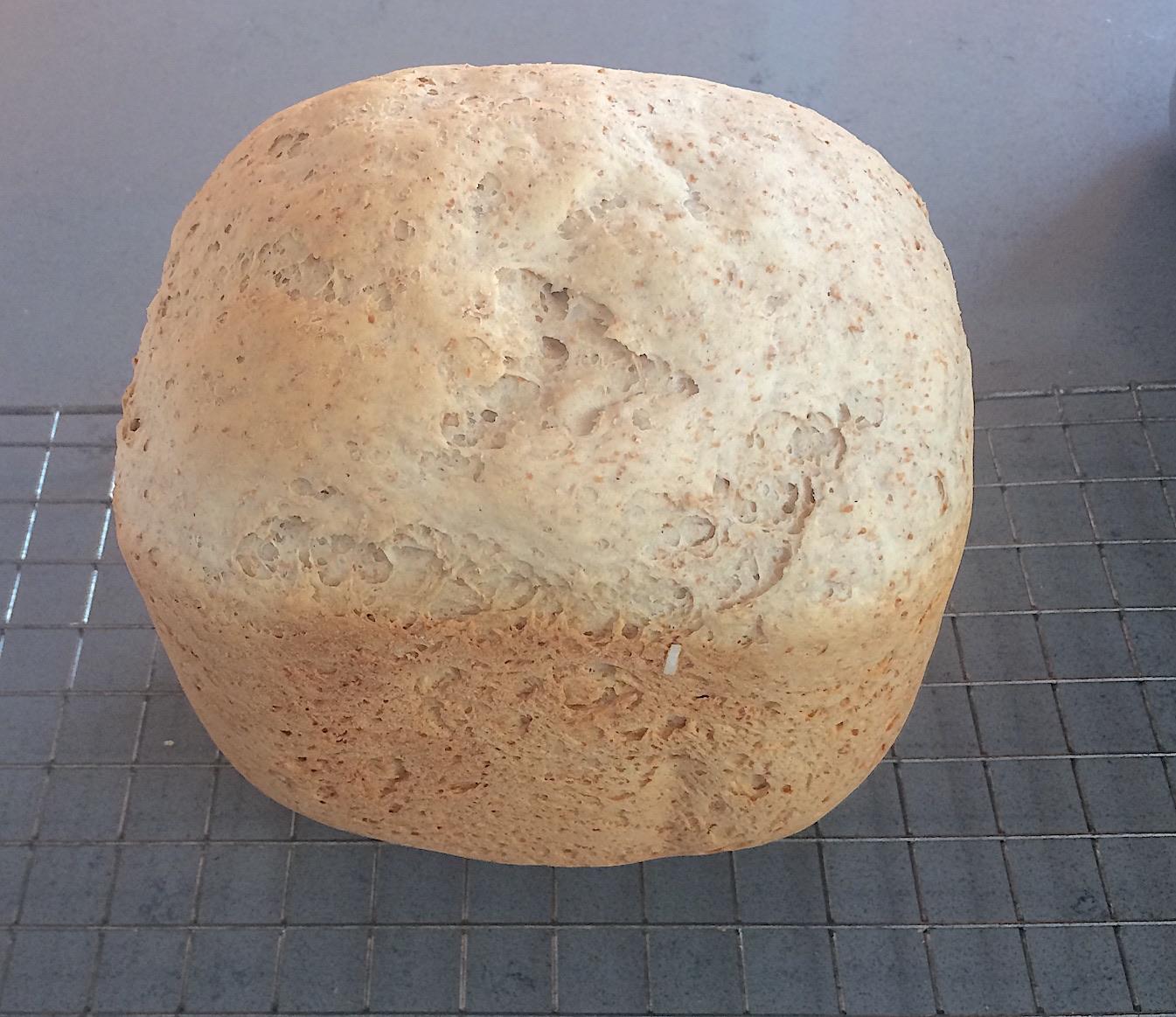
Bread is one of the worlds basic staple foods, next to rice and there are many recipes from many countries for bread, this is about using a bread machine to make your bread.
If like me you regularly use a "Bread Making Machine" to mix, knead and bake your bread you are possibly seeking or have sought something different in your bread making. Your looking to experiment a little, maybe?
This is hopefully the little something different, making 'Faux Sourdough Bread' in a bread machine.
In the time since you started using your bread machine you will have 'tweaked' your bread recipe (the one that came with the machine or one from the InterWeb) for consistency, flavour, texture all of that and more probably to something that suites your taste.
Maybe you have investigated making sourdough bread but have found it a little daunting, what with all the mixing, kneading, stretching, folding and there is the waiting for the bread to rise, not to say the ‘Starter’! Well sorry to say that you will still need the starter even with a bread machine.
There are so many articles, videos and scripts about wheat bread & sourdough, the Starter or Levain (Levain: levain starter, is a leavening agent made from a mixture of flour and water with yeast [either natural or dried] and used to bake your bread and help it rise), I must say there is no easy fix to get your starter (unless you have a very good friend that will give a mature starter)
A very detailed description of Levain is here
The flour is another matter where there is so much information but to me it is fairly simple, I will provide my thoughts and try to explain about flour later in this instructable.
Supplies



So lets get to it: what do we need to make this bread?
You will need Hardware:
- A Bread machine (of course), whatever your using at this time preferably able to produce at least a 750g loaf. I use an old 'Breville BR7', which I have used for a long time.
- Measuring spoons
- Measuring cups
- Kitchen scales (if you want to be super precise)
From your Store Cupboard:
- Flour (See recipe for types....)
- Salt (plain old table salt)
- Vegetable oil (or olive oil if you want a stronger flavour)
- Sugar
- Filtered water or bottle water (chlorine may causes problems with the rise)
- Levain or Starter
- Fast acting yeast
Types of Flour





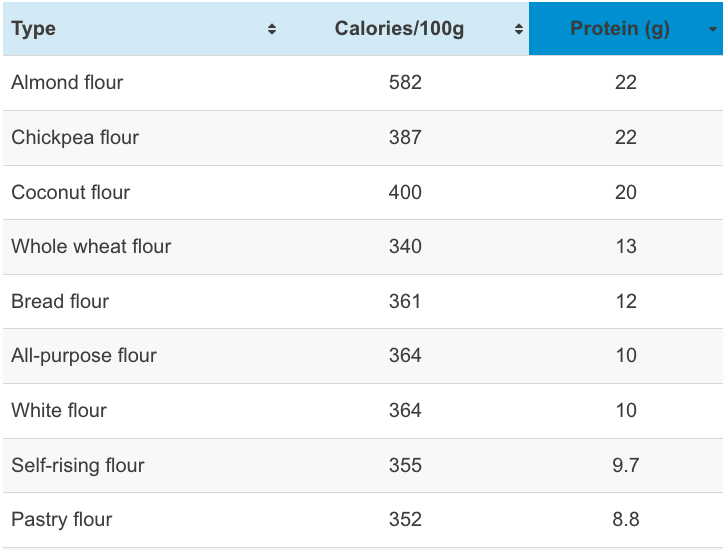
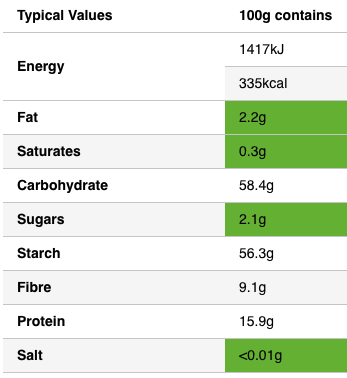
All flours & bread flours are not the same!
Wheat Flour is the flour I am using...
So, for decades, wheat flour was the only kind of flour commonly available.
However, there is an abundance of choices at the present time, each with its own characteristics and nutritional properties. This diverse range of available flours is made from a variety of ingredients: such as whole grains, refined grains, nuts, seeds, legumes, and even roots and tubers. Most of the non-wheat flors are used a 'Gluten Free' flours
Protein in flour:
The protein content and quality of baking flours are vital to bakers thus giving functional, nutritional and economical parameters. They determine whether a given flour is suitable for the users requirements. The protein content of wheat flour varies widely from 6–18% depending on the type or class of wheat milled, growing conditions, and fertilisers used.
More protein isn’t always better. Even though most flours can be substituted for each other but it will affect the texture and taste depending on what you’re making, only in certain types of recipes (and even then the taste can change a lot).
The reason that protein content matters is that it affects the moisture of dough, and amount of gluten (if using wheat flour). Gluten development is extremely important for making bread with wheat flour.
Here are some random bits about flour that you might find useful:
- Whole wheat flour is often mixed with white flour. Look for 100% whole grain if that’s what you’re looking for.
- “Soft” flours typically refer to flours with a low protein content, while “hard” flours have more protein.
Application
Protein in flour is very important for bakers.
Some reasons are:
- Functional performance: Protein content can impact many functional properties of the flour and doughs/batters such as water absorption, cohesiveness, viscoelasticity, dough strength, texture, loaf volume, and crumb grain.
- Economics: The higher the protein content, the higher the cost of the flour.
- Processing and handling: Doughs from high-protein flours are physically stronger and more stable than those made with lower protein content. High-protein flours also require more water and longer mixing times to achieve optimum dough development and consistency.
Proteins are affected during the baking process with:
Heat and agitation these two alter the structure of proteins by breaking their molecular bonds. Not liking change, protein molecules will want to rejoin their bonds and they are not too picky! They will choose the closest molecule and bond to that one. What is seen is coagulation or thickening which gives the body and structure bakers are looking for. Gluten is not formed until water is added. The addition of water turns dry mixture protein into gluten.
Bread flour – Bread flour has a high protein content of 12-15%, which is why it’s considered a “strong” flour. It’s great for making sourdough bread from scratch, but is also commonly used for bagels and pizza dough.
All-purpose white flour – A mixture of soft and hard wheat with a protein content ranging from 10-12%. Very versatile and can be used to bake almost everything with fairly high quality.
Whole wheat flour – Whole wheat flour contains not only the endosperm of the wheat, but also some percentage of the germ and bran. It has a high fibre content, and also a high protein content of 13-14% typically.
My Recipe for the Bread



My Recipe for my "Bread Machine Faux Sourdough Bread" is a combination of a normal bread recipe and basic sourdough bread recipe.
The first thing you need to ensure is that your starter (Levain) is very, very active and you will need 2/3rd Cup of starter. I wake my starter the previous day, leave overnight and top up the next morning, leave it then to become active (it needs to double in size, at least)
The recipe is in the order that the ingredients are placed in to the mixing pan...
First thing is to take the mixing pan out of the Bread Machine and place on the counter with the paddle fitted (you will only forget once) .
- Add 2 tbs of vegetable oil (or a bit more if you like) vegetable oil is considered a neutral flavour oil, for a tangier taste to your bread use extra virgin olive oil
- Add 2 tsp of any type of sugar that you like (not sweetener) I use granulated
- Add 1tsp salt
- Measure 1 1/4 cups of (warm) water add in to the Bread maker pan
- Measure 2/3rd cup of Levain, pour in to the Bread maker pan (link to Gluten Free Levain)
- Add 1 3/4 cups of Plain Flour (All Purpose-AP) with a Protein content of more than 10g per 100g
- Add 1 cup of Wholemeal Flour (Brown) with a Protein content of more than 15g per 100g
- Add 1 pkt (7g) of Active dried yeast
All cup measures are level measures
Using Your Bread Machine & the Settings



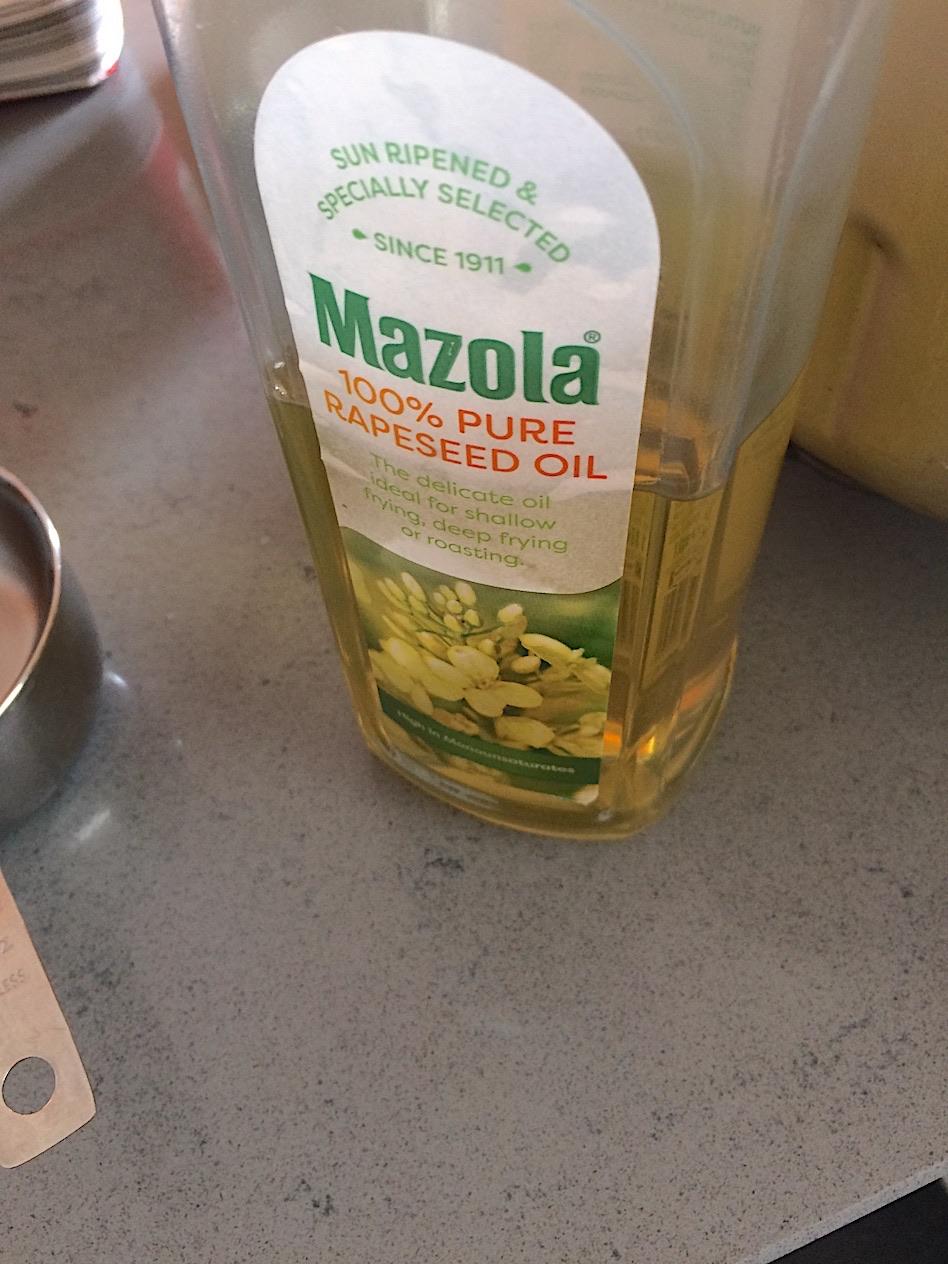
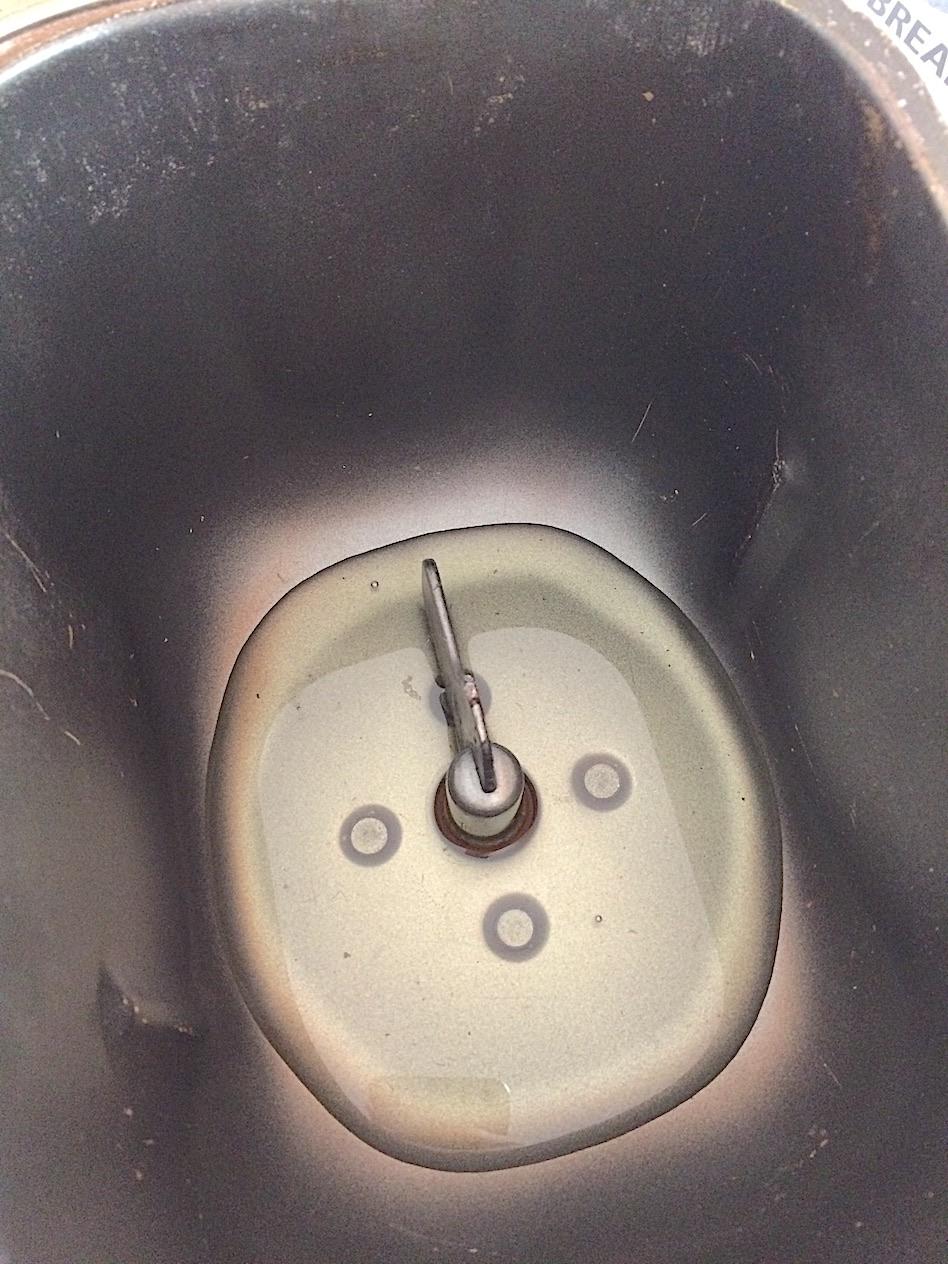
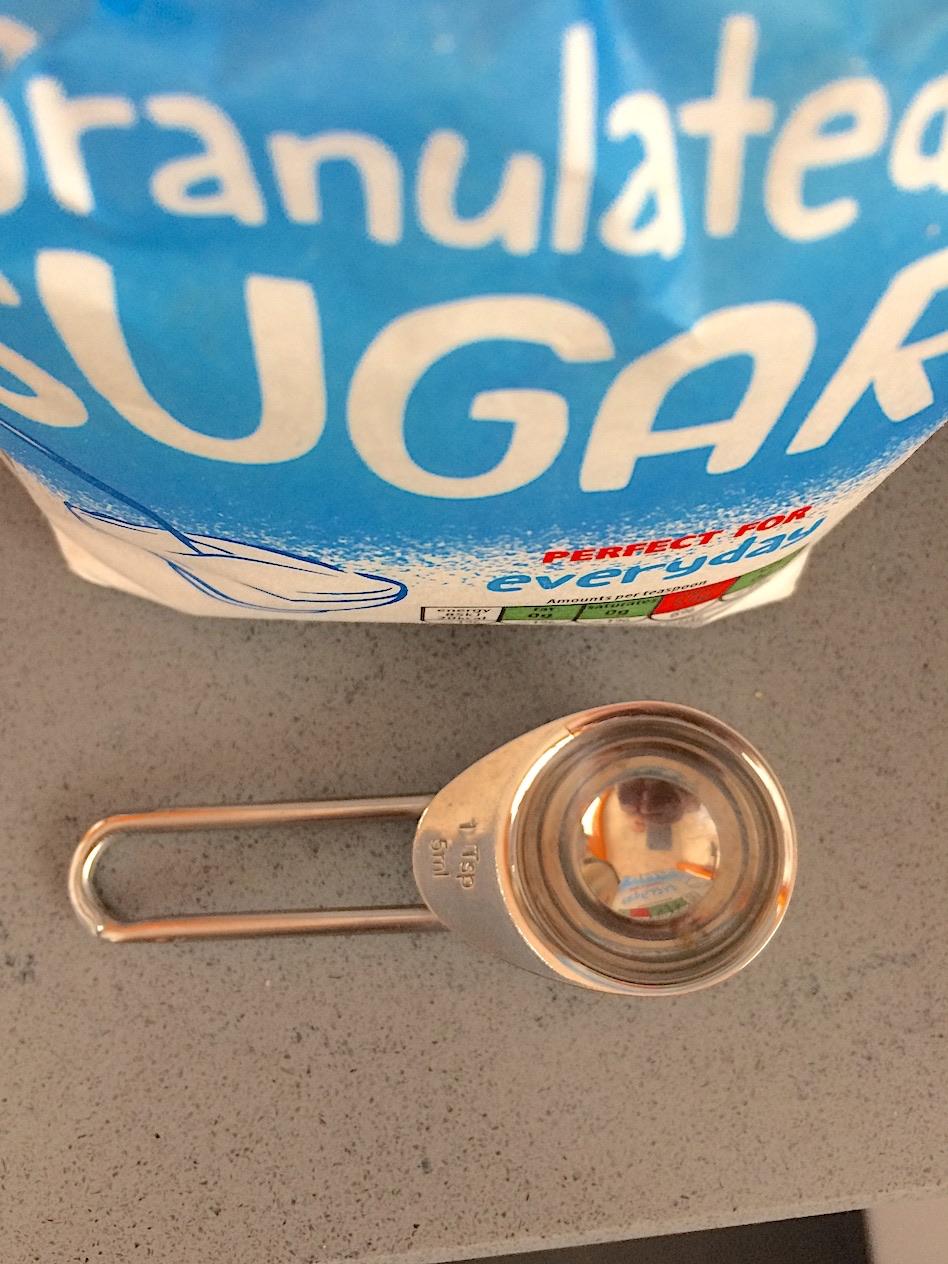
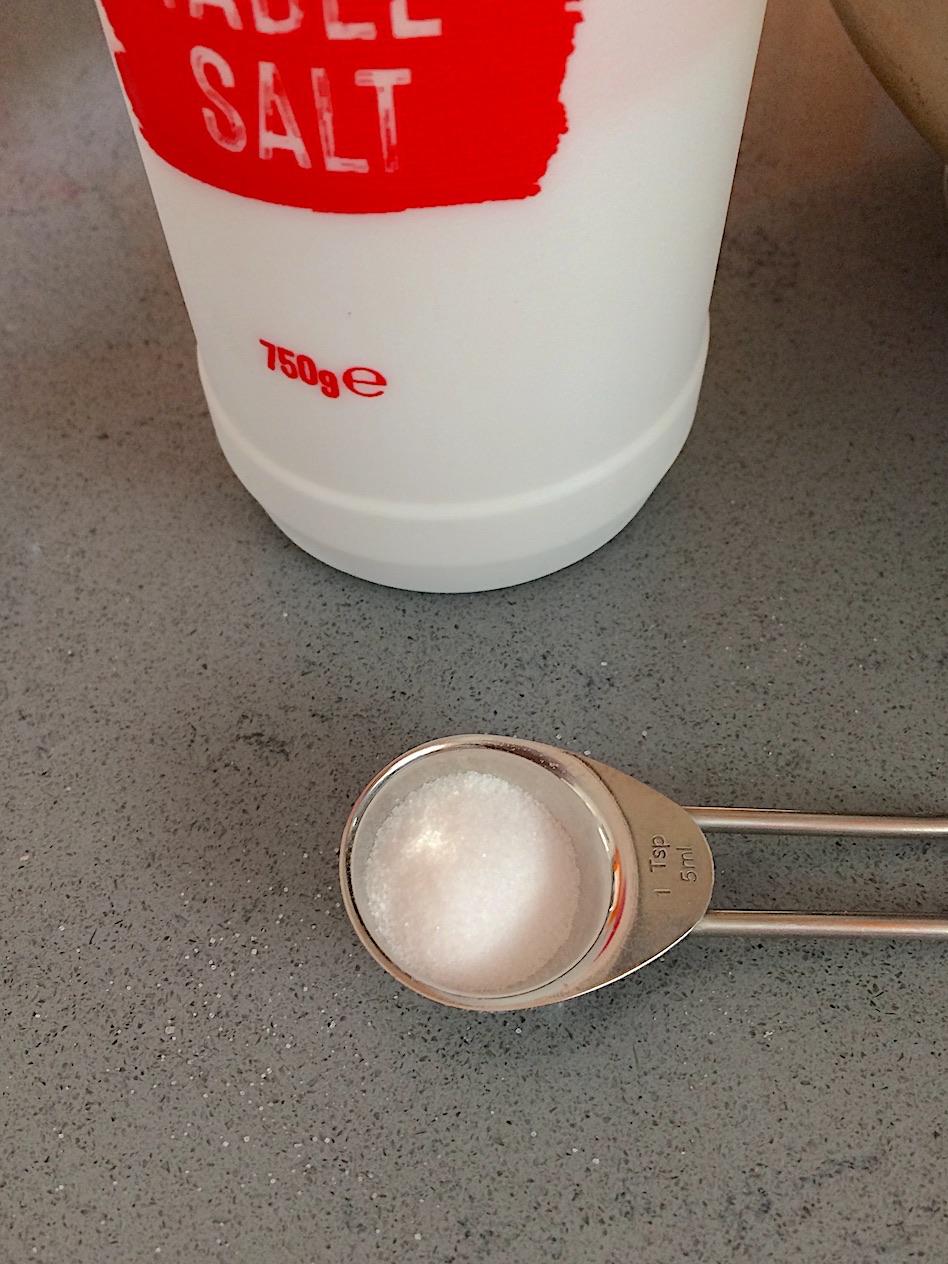


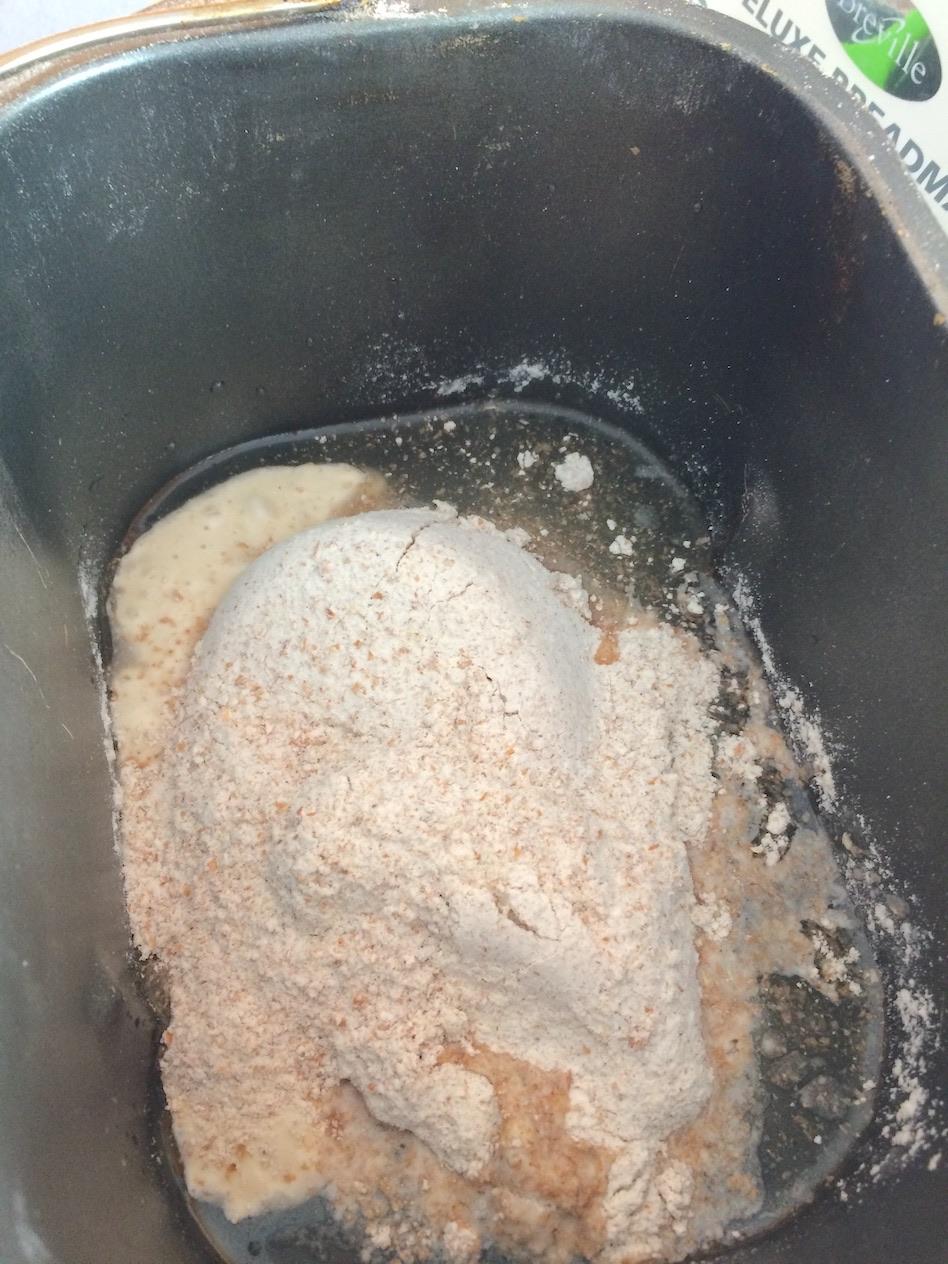


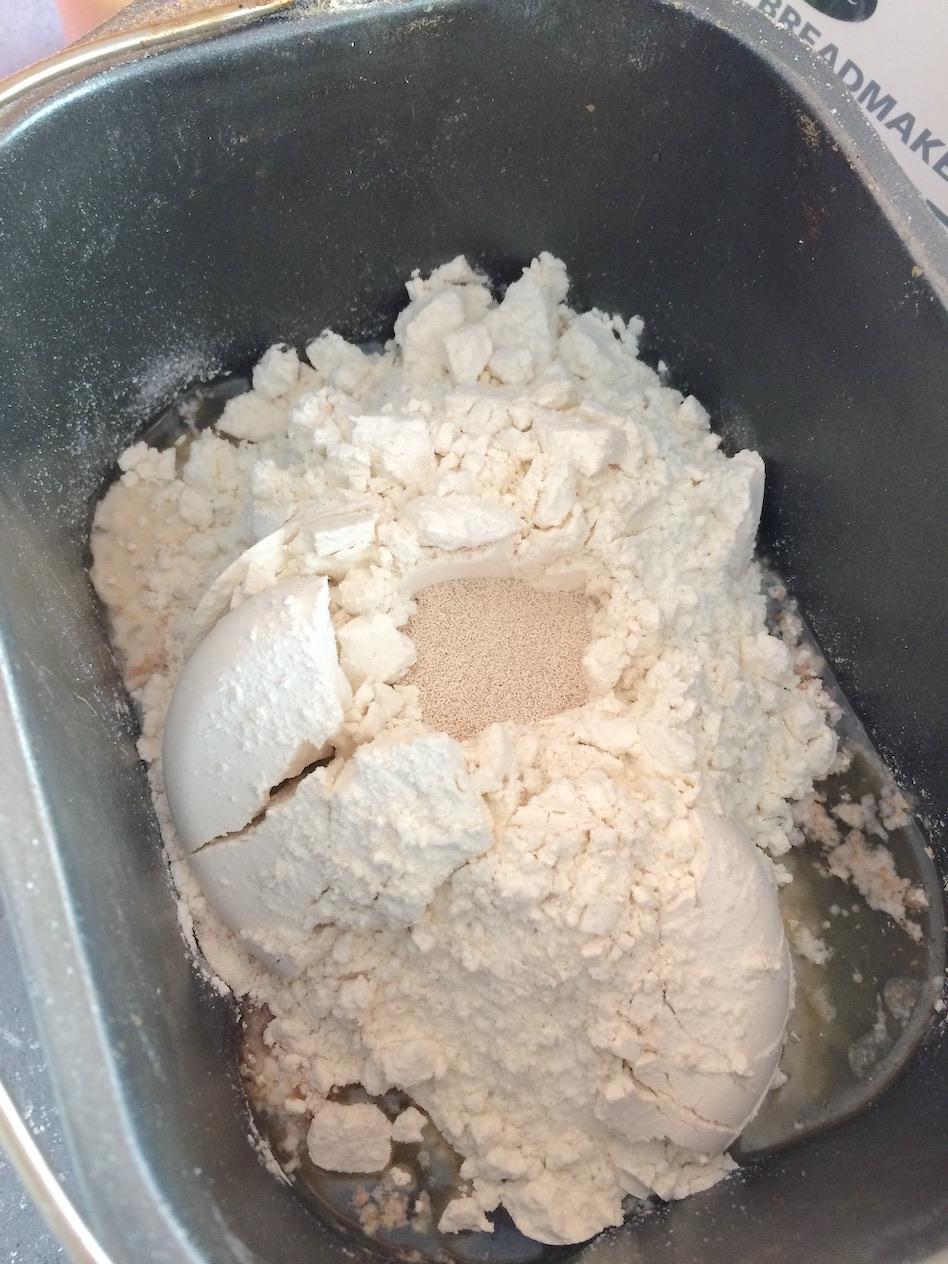

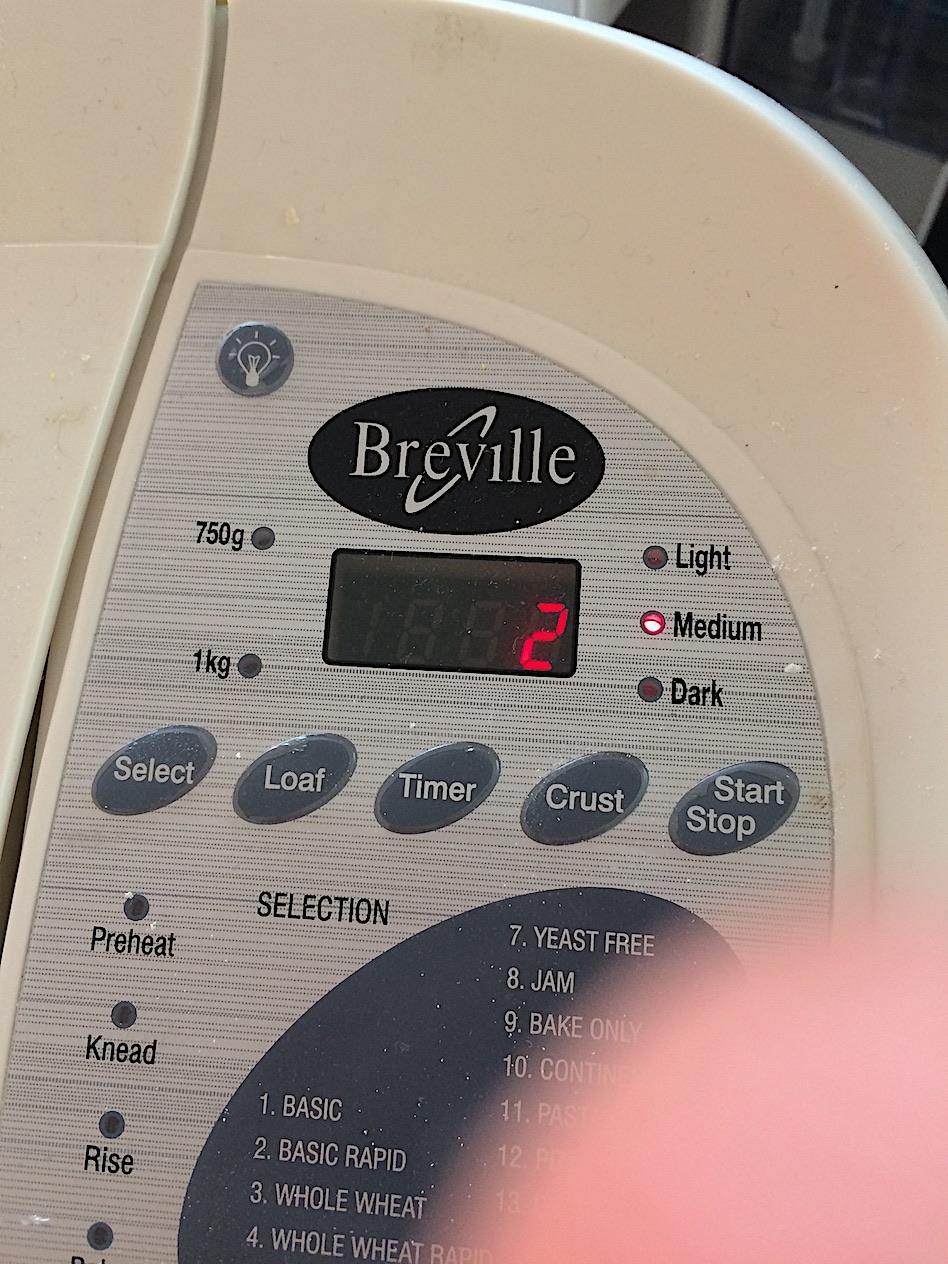


Initially, get all your gear together (saves looking for it during the make). Remove pan from machine insert paddle
Plug the Bread Maker into the socket and allow the machine to warm up (Bake setting for 30sec) with lid closed...
Add ingredients to the bread pan that you placed on the counter top, in the order from the recipe above.
Set the maker for your type of bread, I use
- Basic Rapid, which is No 2. on my machine
- Loaf size/weight is 750g
- Crust colour is light (if you prefer a darker crunchier texture then bake for a little longer)
- Press start...
Let the machine get to work...
What My Bake Looks Like

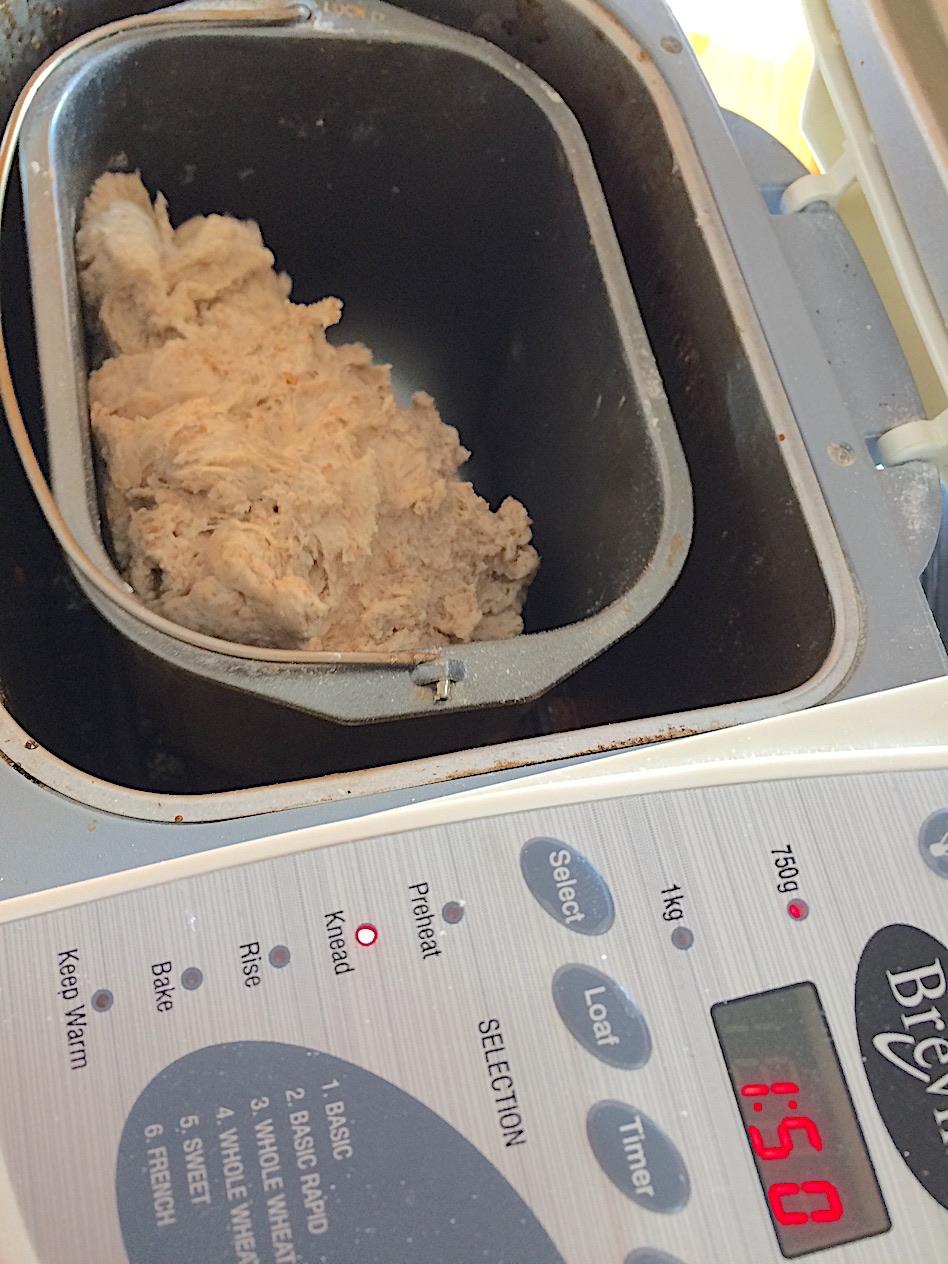
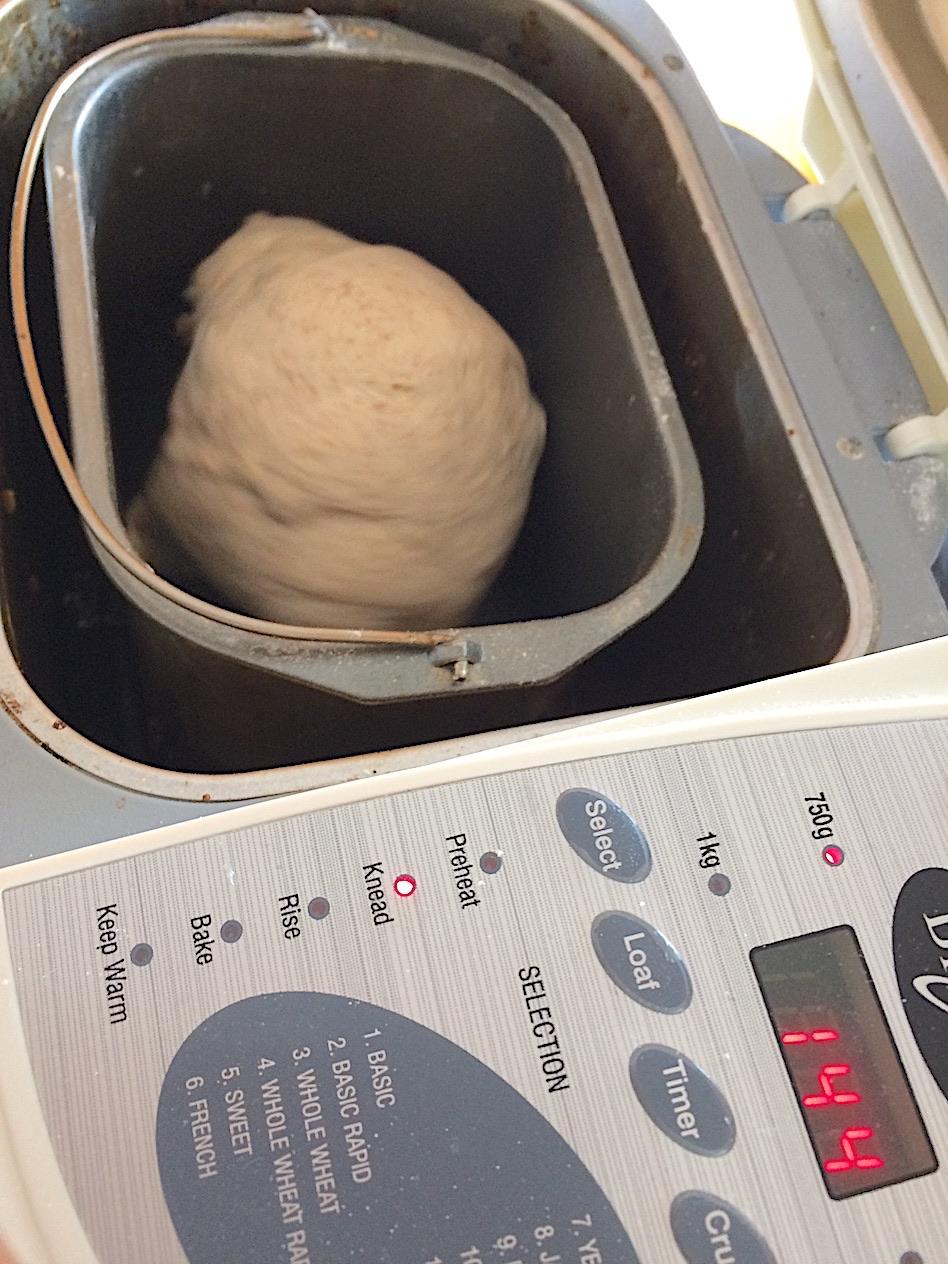
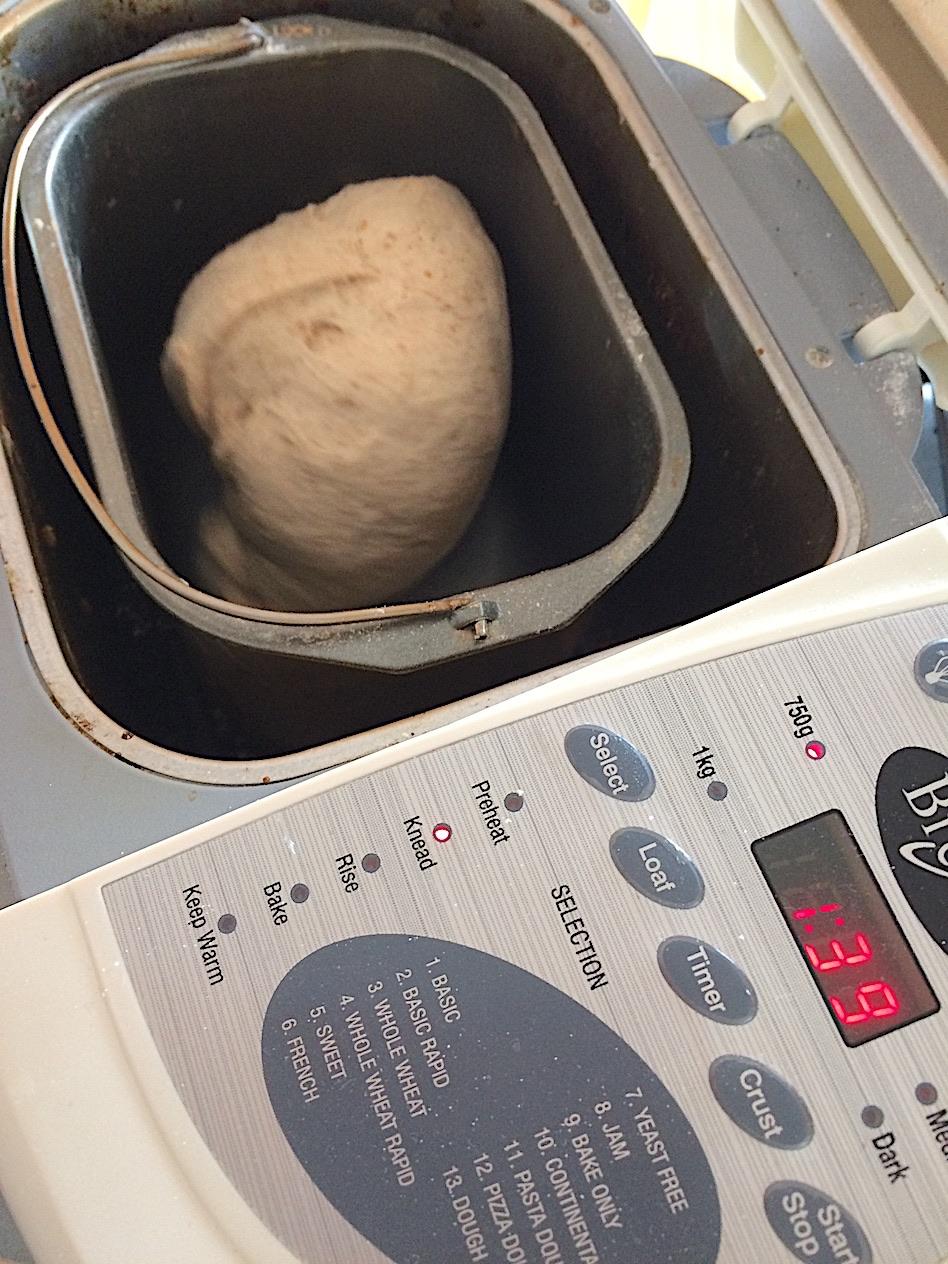





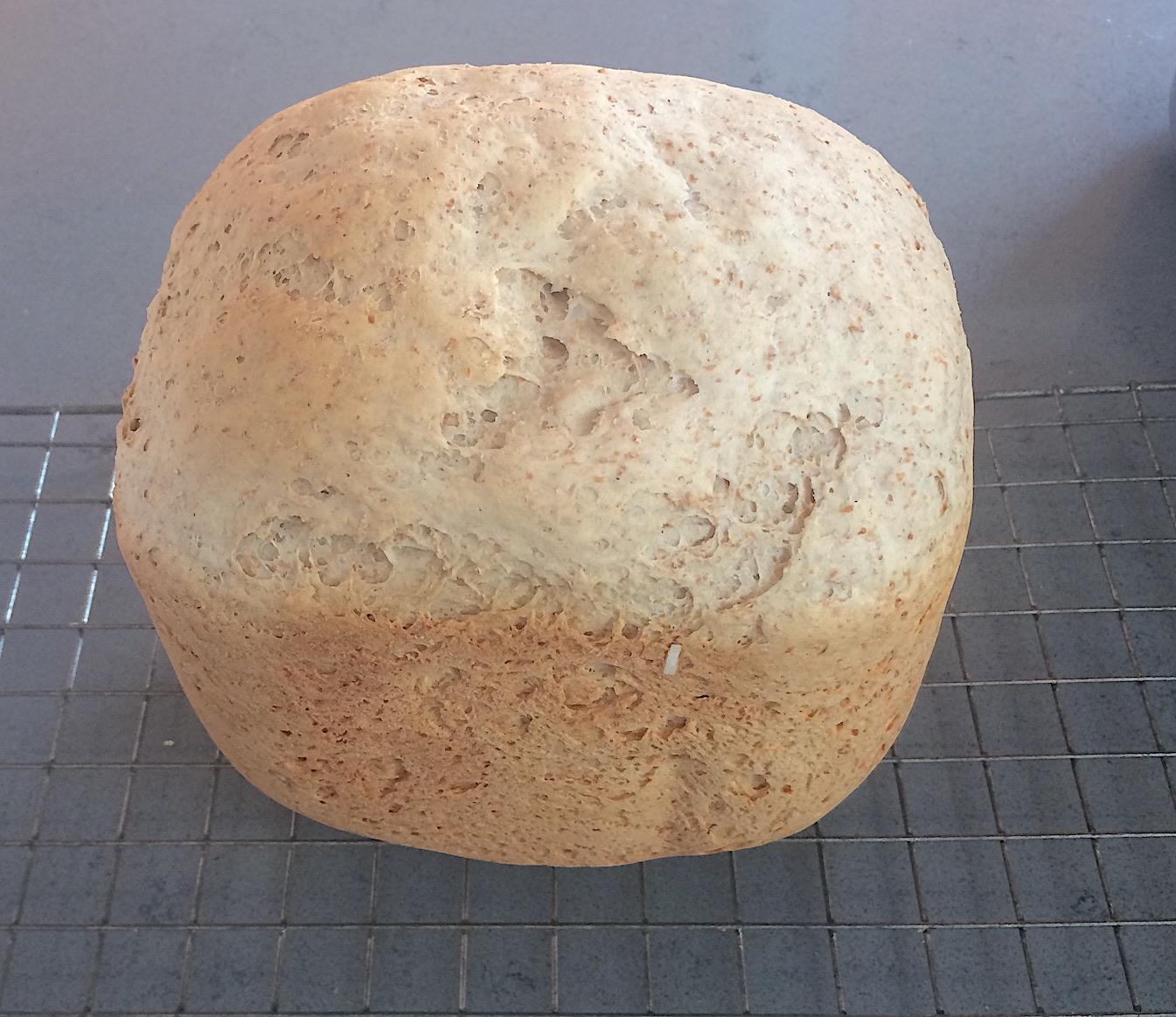
As can be seen in the images the mix comes together fairly quickly, if the mix looks a little dry add 1/2 teaspoon of water, let it mix and check again. After a few makes you will know what your mix should look like.
Good luck with your Faux Sourdough Bread.
Keep on baking
CopyWrite ©️
Much of the information in this Instructable is available on the 'InterWeb'. I do not claim it to be mine and I thank all the people that have written various articles that have led me into writing this instructable.
Epilogue
Why I have I titled this instructable "Faux Sourdough Bread in a Bread Machine ".
The meaning of the word Faux... Faux: false, counterfeit or imitation, esp when used in compounds
As the bread is made with actual Levain (starter) I suppose it is real sourdough bread as far as the taste is concerned, however the faux part comes from the use of dried yeast as a quick raising agent this shortens the time from making/mixing to completion as one does not have to wait for the Levain to cause the dough to rise.